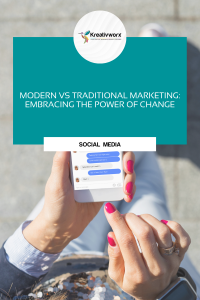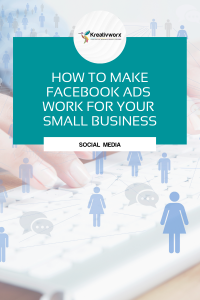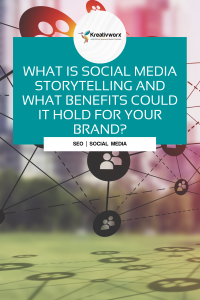
Navigating the Social Media Advertising Landscape in South Africa: Challenges and Solutions for Business Owners
Introduction: In the digital age, social media has become an indispensable tool for businesses to connect with their target audience. However, for business owners in South Africa, navigating the social media advertising landscape comes with its unique set of challenges. This article explores these challenges and provides actionable solutions to help businesses overcome them. Challenges Faced by Business Owners in South Africa: Limited Access to High-Speed Internet: One of the significant challenges faced by business owners in South Africa is the limited access to high-speed internet, especially in rural areas. This hampers the effectiveness of social media advertising campaigns, as slow internet speeds can lead to poor user experiences and reduced engagement. Diverse Linguistic Landscape: South Africa is a multilingual country with 11 official languages. Crafting a social media campaign that resonates with a diverse audience can be challenging. Businesses often struggle to create content that is culturally relevant and appeals to various linguistic groups. Socioeconomic Disparities: The socioeconomic disparities in South Africa impact the accessibility of smartphones and internet services. Many potential customers may not have the means to access social media regularly, hindering the reach of advertising campaigns. Data Privacy Concerns: As global concerns about data privacy rise, South African consumers are becoming increasingly cautious about sharing personal information online. This poses a challenge for businesses trying to target their audience with personalized advertising while respecting privacy laws. Overcoming Challenges: Optimize for Mobile: Given the prevalence of mobile usage in South Africa, businesses should optimize their social media content for mobile devices. Mobile-friendly content ensures a seamless experience for users with varying internet speeds and devices. Multilingual Content Strategy: To address the linguistic diversity, business owners should implement a multilingual content strategy. This involves creating content in multiple languages to connect with a broader audience. Collaborating with local influencers who can communicate effectively in different languages can also enhance campaign effectiveness. Targeted Outreach and Education: To overcome socioeconomic disparities, businesses can engage in targeted outreach and education campaigns. This may involve providing information on the benefits of their products or services, as well as educating potential customers on how to access and utilize social media platforms effectively. Transparency and Consent: To address data privacy concerns, businesses should prioritize transparency in their advertising practices. Clearly communicate how user data will be used and obtain explicit consent. Compliance with local data protection regulations is essential to build trust with consumers. Conclusion: While social media advertising in South Africa presents its unique challenges, strategic planning and adaptation can help business owners overcome these obstacles. By optimizing for mobile, embracing linguistic diversity, addressing socioeconomic disparities, and prioritizing transparency, businesses can create effective and culturally resonant social media campaigns that connect with their target audience in South Africa.






